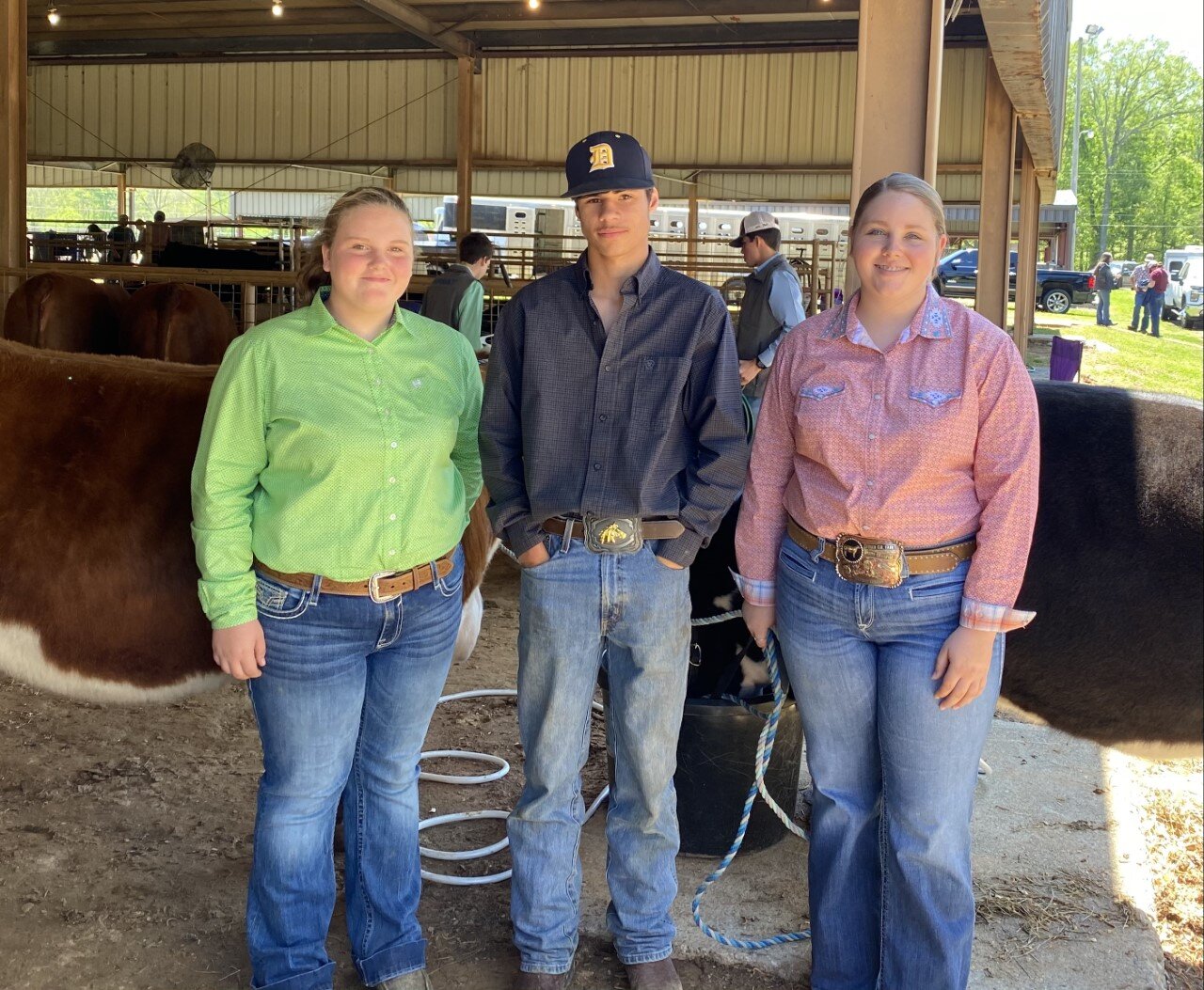By Tracy Courage
U of A System Division of Agriculture
MORRILTON, Ark. — This year’s River Valley Beef Cattle Conference will offer cattle producers from 12 counties the latest research-based recommendations for cattle producers in herd health and pest management, along with market outlook for the beef cattle industry.
BEEF — Cattle producers from Arkansas' 12-county River Valley area gather with Division of Agriculture experts to get the latest research-based information. UADA graphic
The conference will be on Feb. 13 from 9 a.m. – noon at the Conway County Fairgrounds, 901 E. Elm St. in Morrilton. Registration opens at 8:30 a.m. The cost is $20, payable at the door, and includes a steak lunch.
The annual conference, hosted by the University of Arkansas System Division of Agriculture, brings together faculty, livestock economists and extension specialists to share research-based information to help producers plan and manage their operations efficiently.
Cattle producers from the River Valley area — Conway, Crawford, Faulkner, Franklin, Johnson, Logan, Newton, Perry, Pope, Scott, Sebastian and Yell counties — are invited to attend.
“This year’s conference will bring together experts from the Division of Agriculture who will share the latest recommendations for dealing with armyworms, protecting herd health, and assessing cattle for optimum performance,” said Bob Harper, Logan County extension staff chair. “The industry market outlook will also be discussed.”
Armyworm update
Pope County Extension Agent Brandon Yarbery will discuss options for controlling armyworms and review products that are available this year for controlling pests and products that have worked successfully in the past.
“Last year was one of the worst years we’ve had for armyworms,” Harper said.
The pests appear in the spring and can severely damage forages, hay yields and seed production. Infestations can be easily overlooked when the caterpillars are small and eating very little.
Vaccination programs
Kristen Midkiff, extension animal health and wellbeing specialist for the Division of Agriculture, will discuss vaccination strategies in beef cattle, including options for calves, weaned calves and for the breeding herd for both developing heifers and the cowherd.
“Vaccines are an important portion of a herd health program, as we are protecting our cattle from infectious diseases by allowing their immune system to be able to recognize the pathogens,” Midkiff said. “There are many viruses and bacteria that cattle can be exposed to in their lifetime, and vaccinating gives us an opportunity to set our cattle up for success for future interactions with these agents.”
Midkiff, who has a doctorate in beef cattle health, nutrition, and physiology from the University of Arkansas Fayetteville, joined the Division of Agriculture last fall.
Evaluating Longevity
Maggie Justice, extension beef cattle specialist, will discuss assessing beef cattle for optimum performance.
“She will focus on evaluating cows for the? long term and selecting cows that will stay in the herd and remain productive,” Harper said.
Market Update
James Mitchell, extension livestock economist, will discuss industry outlook and provide highlights from the annual cattle inventory report published Jan. 31. Other topics include cow-calf and feedlot profitability, beef demand and impacts of New World screwworm on the beef and cattle trade.
Conference agenda
8:30 a.m. – Registration
9 a.m. – Introductions: Kevin Van Pelt, Conway County extension agent
9:05 a.m. – Welcome: Farm Credit Associations of Arkansas
9:10 a.m. – Armyworm Update – Brandon Yarbery, Pope County extension agent
9:30 a.m. – Vaccination Programs for Beef Cattle Producers, Kirsten Midkiff, extension animal health and wellbeing specialist
10:15 a.m. – Break
10:30 a.m. — Evaluating Longevity: Annual Beef Cattle Assessment for Optimum Performance, Maggie Justice, extension beef cattle specialist
11:15 a.m. – Market Outlook, James Mitchell, extension livestock economist
Noon – Lunch and adjourn
For more information about armyworms in Arkansas, visit https://www.uaex.uada.edu/armyworms
To learn about extension programs in Arkansas, contact your local Cooperative Extension Service agent or visit www.uaex.uada.edu. Follow us on X and Instagram at @AR_Extension. To learn more about Division of Agriculture publications or extension programs, contact your local Cooperative Extension Service agent or visit www.uaex.uada.edu. Follow us on X and Instagram at @AR_Extension. To learn more about Division of Agriculture research, visit the Arkansas Agricultural Experiment Station website: https://aaes.uark.edu. Follow on X at @ArkAgResearch. To learn more about the Division of Agriculture, visit https://uada.edu/. Follow us on X at @AgInArk.















